share on
These leaders share their advice for organisations that have not yet prioritised DEI, ranging from one thing they can do to get started, to practices and beliefs that need to stop immediately.
It is never too late to start focusing on diversity, equity, and inclusion (DEI). As such a complex and extensive topic, it may understandably be daunting — even confusing — for many organisations to even begin to address. After all, DEI is a continuous process that is deeply rooted in all aspects of the way a company runs.
As a guide, 14 leaders share with Arina Sofiah their advice for organisations that have not yet prioritised DEI, ranging from one thing they can do to get started, to practices and beliefs that need to stop immediately. Read on for some inspiration!
Shiyun Wan, Government Affairs and Public Policy Manager, PPRO
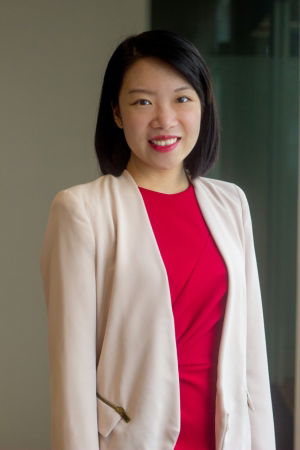
Businesses that haven’t yet taken steps to prioritise DEI should not panic – it’s never too late to start!
A great first step toward tackling inequality in the workplace is educating HR and decision-making staff on unconscious bias that aids discrimination. This is an extremely valuable exercise because, while many people might not realise their biases, they influence both the way teams are structured, and the roles and responsibilities of those within a team. For example, a result of unconscious bias might be that women are the ones being asked to order coffees for meetings, or book meeting rooms, rather than men. These types of tasks are easily divided between teams, and raising awareness that this is happening is the first step an organisation needs to take to tackle the issue.
Something that organisations should also stop in order to be more diverse, is to remove names and genders from CVs and job applications. This will help to rid the decision-making process of unconscious bias, and ensure candidates are selected on the merit of their experience, rather than their gender, race, religion, or economic background.
Kaja Natland, Regional President Asia Pacific-Japan, Organon
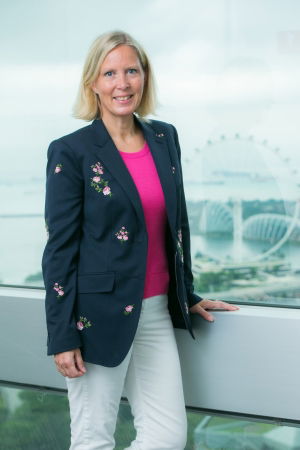
At Organon, we believe women are the foundation of a healthier world, and that gender equity is critical to women’s health and prosperity. Our commitment to gender equity reflects a whole-of-company approach and guides the creation of a responsible and sustainable business. For example, our highly experienced board of directors is 70% women, setting a new standard for diversity. We are committed to listening to women and working in partnership with others to implement change.
For example, on International Women’s Day this year, we provided paid time-off for our employees worldwide to focus on their health or the health of the women in their lives. We are asking organisations to join us to raise awareness of the inequity in women’s health and be part of the solution. When women rise, we all rise — and when women are healthy and empowered, so too are their families and communities.
Andy Sim, Vice President and Managing Director, Singapore, Dell Technologies

Today, DEI is no longer a ‘nice-to-have’ but a business imperative for organisations to attract and retain talent, spur innovation, and drive business growth. Recognising this is the first step for organisations to change mindsets and prioritise a DEI strategy – and this must be driven from the top. Companies should also stop viewing DEI as the sole responsibility of the HR team, but instead a company-wide commitment to cultivating inclusion. For example, at Dell Technologies, we’ve set ambitious goals to have 50% of our global workforce and 40% of our global people leaders as those who identify as women by 2030.
For those starting from ground zero, begin by building awareness around DEI. One way to foster inclusivity is to introduce programmes to help employees understand and appreciate their differences. In line with our 2030 Moonshot Goals to cultivate inclusion, we educate employees on unconscious biases and how they impact inclusion through our Many Advocating Real Change (MARC) foundational course. This programme offers team members a judgment-free space to examine their beliefs and cope with challenging subjects directly and honestly.
Rachel Lau, Managing Partner, RHL Ventures

Start now. DEI has great benefits in encouraging natural creativity and innovation.
Be proactive in the ways you hire, and promote the workforce. But ideally, examples are led from the top, a robust diverse group with different ages, backgrounds, and gender on the board level will be critical to set the tone of the business. If we keep doing the same thing again and again, then we will fall behind. The only way forward is to change and disrupt the ways we do business.
Do not have biases, do not judge, do not put labels. Be open-minded, learn, grow, accept different ideas, listen to other viewpoints. Challenge, be creative, be bold in the way we look at problems, how we capitalise on the diversity of human talent, and leverage on the beauty of our differences.
Diversity, not conformity, is the way for us to innovate. The person who can't change is the person who is left behind.
Mae Cheah, President for Asia, TRAFALGAR
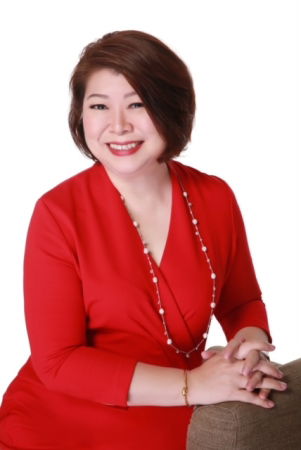
Real diversity is recognising that people aren’t a set of attributes on a spreadsheet and that every voice is unique. It’s this approach to diversity that leads to inclusion, and where an organisation should start if they are starting out on their DEI journey.
DEI initiatives should be prioritised in any organisation to reap the rewards of having a broader talent pool, more innovative ideas to make better business decisions, and fostering a happy and healthy workplace culture that leads to more productive employees and overall business growth.
However, DEI also needs to be reflected in the way an organisation does business. We at TRAFALGAR strive to make our guided tours as diverse and inclusive as possible. Recently, we also began offering Women's Only Tours to help women share the joy of travel with other women, all while exploring the world and inspiring each other along the way.
Integrating DEI practices isn't difficult at all. To successfully integrate DEI practices, you need to create allyship up, down, and across your organisation, ensuring that everyone has a voice, a genuine sense of belonging, and is encouraged to be part of the DEI journey. All it requires are dedicated leaders who champion the cause and integrate it into the organisation across all levels.
Phoebe Yan, Partner, Litigation, Paul Hastings
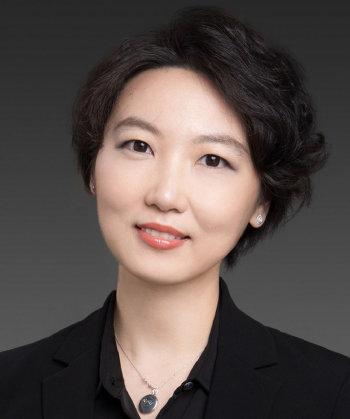
DEI is incredibly important and it makes a huge impact internally and externally. Organisations, particularly ones with a multinational presence, should incorporate citizenship programmes and other pro-bono activities, to encourage both global and regional DEI programmes.
One thing that a company can do right away to promote equity and diversity for women in the workplace is improve their child support systems for their employees. These can include offering flexible maternity and paternity leaves, allowing parents more flexibility at work, offering more support for pregnant employees and their family members returning after childbirth, and so on. We need to change the idea that having a child will unduly affect female employees’ ability to contribute meaningfully to the business.
Too much emphasis on career devotion, such that it presents both female and male employees with what appears to be a binary choice of "work vs. family," has led to many talented professionals giving up their careers too soon. The company culture needs to change so that it can retain talent who pursue families and are lost to this false binary choice.
Jennifer Gibb, Group Director, Human Resources, Singapore, International SOS
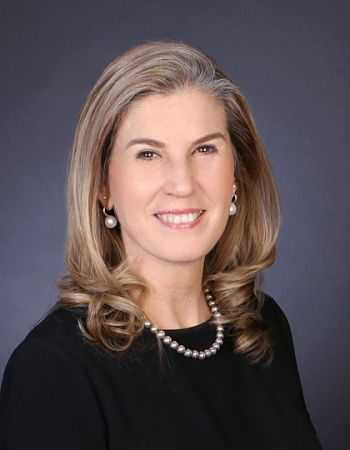
To get a kickstart on diversity, equality, and inclusion in the workplace, it is important to guide managers, implement ways to measures change, then assess progress. Critical to success is to demonstrate commitment from top leadership. By making diversity a discipline within the organisation, people will be educated and guided towards change, rather than being forced to adapt their behaviours. Our experience has shown that diversity initiatives should be implemented at the middle management level rather than at the top.
For example, mentoring and training promising female talent at the middle management level will ensure your promotional talent pool reflects diversity, and demonstrates commitment from the organisation. Employees who see the progress of such initiatives will also be inspired by change, and naturally buy into this long-term journey with the organisation.
Shefali Sharma, Head of People & Culture, Toku

If organisations want to attract a younger talent pool, DEI is a must-have — not a preference.
Research shows that more diverse companies are more innovative internally and externally, and that diversity significantly impacts corporate outcomes and retention rates.
Organisations need to localise their DEI initiatives. Not prioritising DEI can lead to fewer applications for positions, resulting in a competitive disadvantage. Overall, DEI looks very different in a market like Asia as compared to the West. Most companies hire people based on the markets they work in across APAC. It's challenging to have a one-size-fits-all approach in a multi-cultural environment, especially in a country like Singapore which has always been a melting pot of different cultures for decades. Companies need to know how to tap into Asia's rich diversity and be self-aware of effective inclusion programmes and the ROI.
Companies need to ensure equitable and inclusive structures are put in place to support a diverse work culture. This is because finding the "right culture fit" has become increasingly crucial for jobseekers. If companies don't already have a safe space for existing underrepresented groups, they won’t be able to attract more diverse employees and retain them.
Here are a few things I believe are critical:
First, prioritise and assess corporate accountability and empower employees to drive company culture. This helps foster a sense of belonging and needs a top-down approach. Organisations can initiate an employee survey or pulse check to find out what the DEI gaps are that need to be addressed (e.g. Gender? LGBTQ? Ethnic/Religious minorities?)
Organisations can also launch an internal culture club to serve and hear from underrepresented groups better and increase the leadership team’s awareness of the different backgrounds, cultures, and life experiences within the company.
There must also be a P&C team in place to identify DEI needs. The team will also be responsible for enforcing anti-discrimination policies and protocols and conducting internal training to educate employees on topics such as how to be culturally sensitive, how to engage in inclusive conversations, and so on.
Companies need to stop posting job and company descriptions that don’t reflect what goes on behind the scenes.
It's essential to promote transparency and open communication. This also means making changes at the organisational, leadership, and individual levels to show they are committed to creating a more inclusive and equitable workplace.
Deb LaMere, Chief Human Resources Officer, Datasite
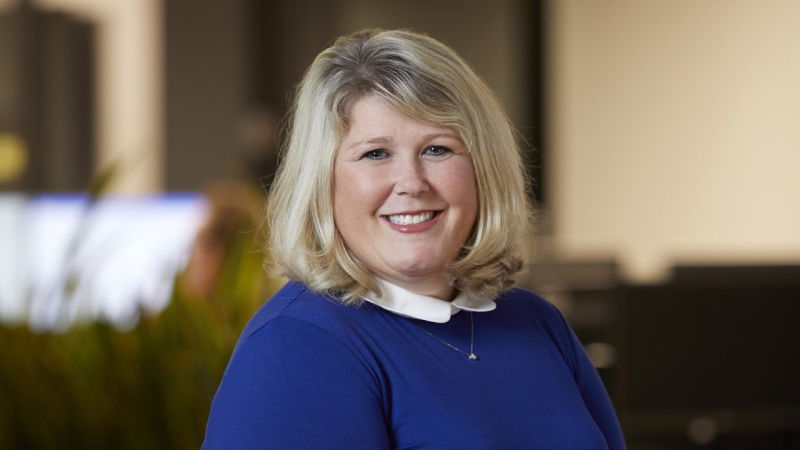
Making diversity and inclusion a priority in the workplace is a continuous process. To create change and new dynamics, there must be ongoing conversation and discussion. Last year, we initiated a series of quarterly Datasite employee diversity and inclusion events, including panel discussions, and are looking forward to more this year. In addition to this, leaders can take other small and daily steps, such as public recognition, to support a culture where employees feel seen and connected.
For example, one of our female product managers led her team in the development of a new application that was named a 2021 BIG Innovation Award winner. We spotlighted her achievement on social media and internally to show that having diverse leaders and employees is not only something we value but also gets results.
Clare Lin, Senior Director HRBP APAC, Yahoo

Many organisations’ DE&I programmes are often not part of the company DNA and, at times, done to tick a box. Relying on short-term diversity programmes to bring long-lasting impact, while well-intentioned, can create an illusion of inclusion and lead to more harm.
Organisations need to start from within. The process begins with evaluating the status quo to address underlying issues that genuinely resonate and enact real and meaningful change. Start with education, and implement clear policies that tackle unconscious bias — a significant but invisible barrier for women. At Yahoo, we have embedded DEI&B in everything we do, from hiring to development and employee engagement. Our DEI&B Employee Resource Group focuses on fostering strong, inclusive communities that celebrate diversity, amplify inclusion, and drive innovation through talent and representation.
Break the silence, recognise bad practices transparently, and empower change, whether top-down or bottom-up. Sometimes all it takes is one voice and action to start a chain reaction.
Deborah Woollard, Group Chief People Officer, MyRepublic

Start by building a shared understanding and agreement around what DEI means within your organisation. It is never possible to focus on all aspects of DEI all the time. Instead, double down on creating practices that build a culture based on inclusion rather than traditional diversity areas. If you can embed inclusive practices into your work practices, you will be on your way to building diversity in all aspects of your workplace. And most importantly bring in a diverse range of employee representatives to help you shape those practices. That way, inclusion is owned by all and not just dictated by a few.
The start of any DEI journey begins by acknowledging that we all have inherent biases and deeply-held beliefs. Building self-awareness around these biases and beliefs is a critical first step for any company seeking to make progress with its DEI agenda. Start creating space for open dialogue and a chance for your teams to share their experiences and to listen to others' perspectives with trust and openness. There are many great DEI programmes available that can serve as a good starting point to build a baseline of understanding and provide a good foundation from which to start creating open dialogue and discussion.
Equality and equity tend to be used interchangeably but actually have different meanings. Equality seeks to provide the same opportunities, support, and tools to everyone regardless of their individual circumstances. This does not result in fairness for all as it fails to take into consideration the unique circumstances an individual may have which makes their needs different.
Instead, we should be looking to create equity. We should customise our tools, practices, and support to address individual needs and circumstances so that everyone has the chance to succeed and reach equal outcomes. That is what makes a true DEI strategy successful.
June Chui, HR Director, Asia Pacific & Japan, Pure Storage

The impact of DEI, or the lack of it for companies, has existed for many years before the term was coined. If the essence of DEI isn't already in a company's DNA, they would likely have experienced lower employee engagement scores underpinned by a lack of belonging, sense of purpose, pride, and commitment.
DEI is not only important to drive higher engagement and productivity with current employees. It is equally important in impacting the success of talent acquisition and how the company engages with its partners and customers. It's important for companies to remember that DEI isn't just an inward-looking happiness index but also an important factor in long-term sustainability.
It can be daunting to create a full-fledged, multi-faceted DEI plan all at once. Think about how you can create an all-inclusive culture where all employees are encouraged and allowed to thrive. Start small with one to two focus areas that you see a direct impact on the business, which can easily be executed in areas that employees care about. Create diversity metrics as a first step, but also ensure that you are building your foundation around Inclusion and how you would create a work atmosphere without unconscious bias and be accepting of new diversity and equality initiatives.
Stop equating DEI to just a ratio of female and male employees. DEI is about encouraging the representation and participation of diverse groups of people. This includes not only people of different genders, races and ethnicities, abilities and disabilities, religions, cultures, ages, and sexual orientations, but also those with diverse backgrounds, experiences, skills, and expertise.
Mukta Arya, Chief Human Resources Officer, APAC, Societe Generale
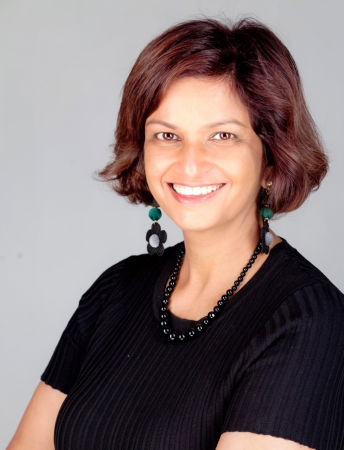
For organisations that have not yet prioritised DEI, my advice will be to really analyse the issues facing the organisation in terms of DEI (could be traditional such as gender, cultural, or related to diversity in thoughts, social background, etc.), using organisational HR data on demographics, attrition, retention, succession planning and more, understand and quantify the difference it can make to the business if worked on. It should start from the top and senior management and then go down the path of establishing a diversity council and networks with wider involvement.
One thing that organisations should stop doing is following other organisations and adopting the "best practices". It can work sometimes but not all the time as each organisation is unique with different issues related to diversity and potentially different solutions.
Sharon Tan, Director of Human Resources, W Singapore

At W Singapore – Sentosa Cove, we remain committed to inclusivity and equality, and that sense of acceptance is in our DNA. Having a diverse and inclusive workforce brings about positive differences like innovation, creativity, and other opportunities that, in turn, support overall business objectives. Being an inclusive employer also brings positive employer branding which impacts the organisation’s employee value proposition and will improve its talent acquisition and retention efforts.
Organisations can begin by introducing DEI initiatives in their recruitment efforts. Exclusion of having to ask about an applicant’s race, gender, age, religion, and marital status at the recruitment stage, can be the first step towards building a DEI programme. Additionally, it is important that any DEI initiatives being introduced should be sustainable, with key stakeholders aligned. In my opinion, organisations should stop stereotyping employees or applicants. This would allow more opportunities to explore and gain different insights and new probabilities.
Images / Provided
Follow us on Telegram and on Instagram @humanresourcesonline for all the latest HR and manpower news from around the region!
share on
Follow us on Telegram and on Instagram @humanresourcesonline for all the latest HR and manpower news from around the region!
Related topics


